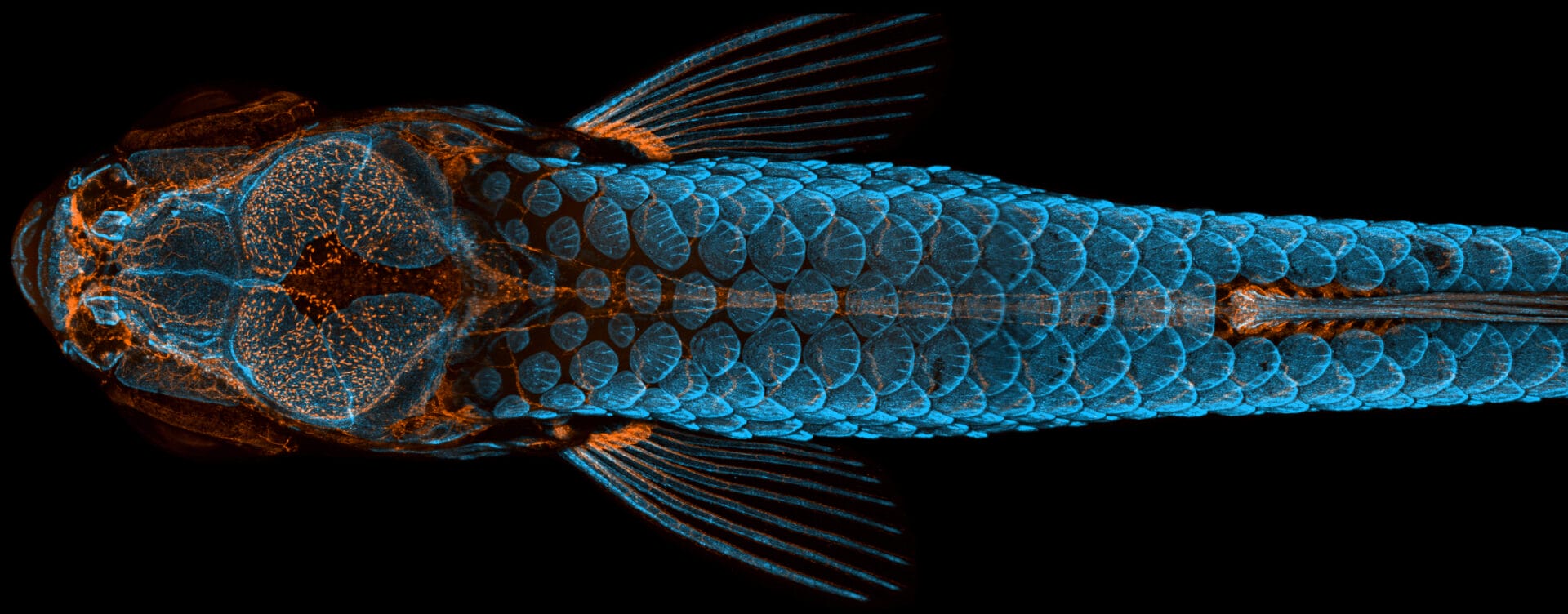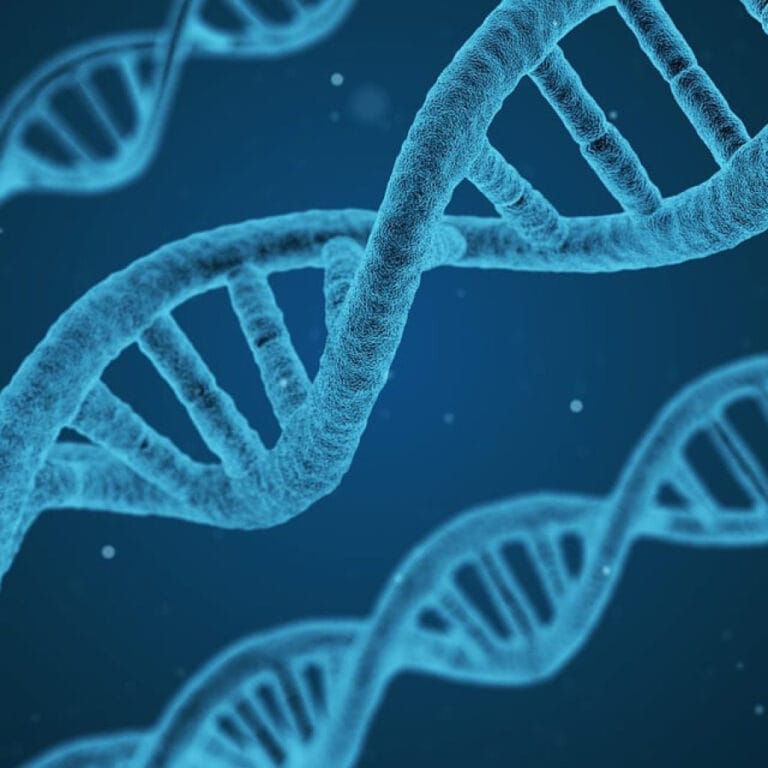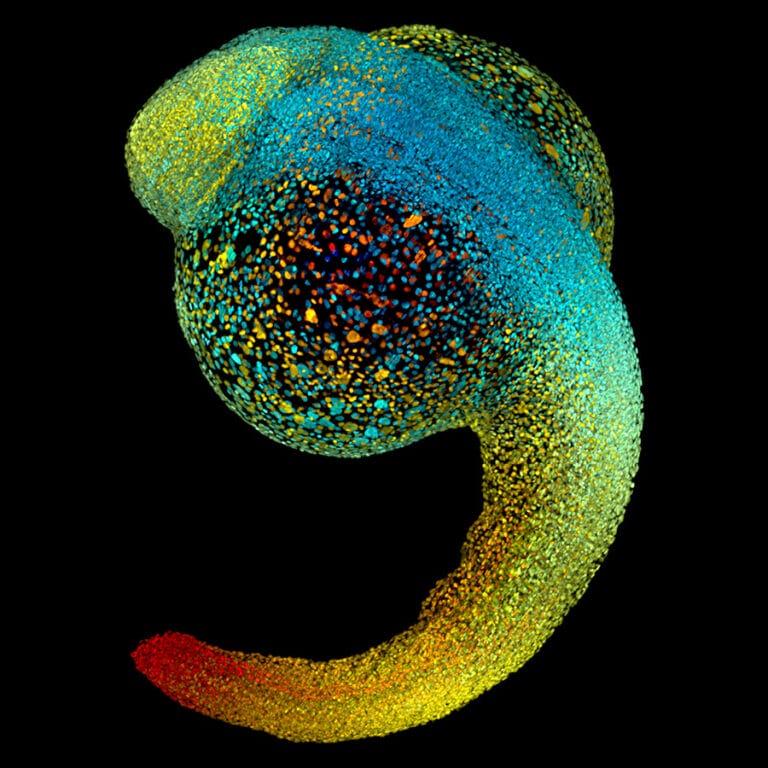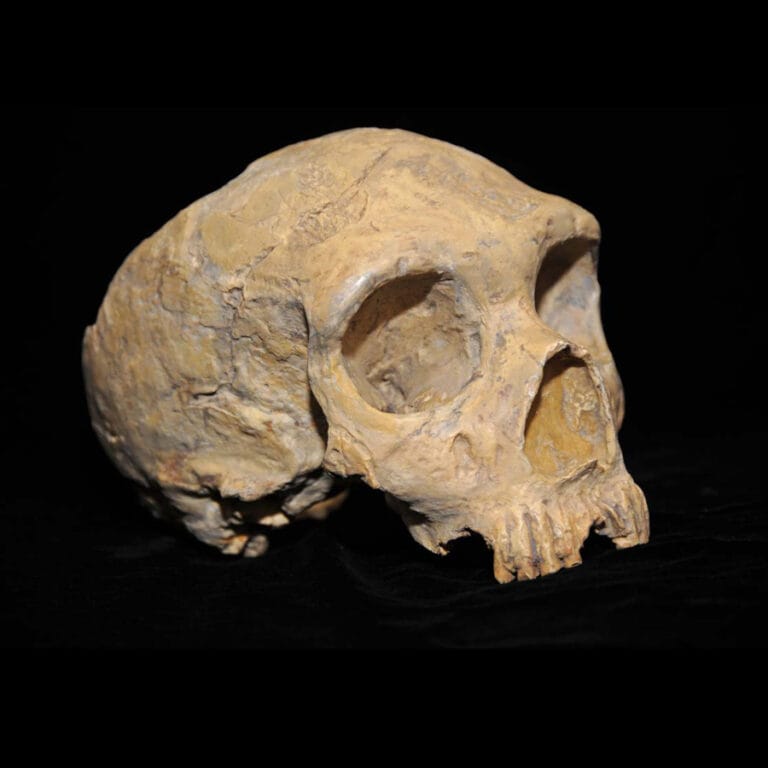What are model organisms?

Model organisms are non-human species that are used in research to help us understand specific areas of biology.
- A model organism is a species that has been or can be widely studied in the lab – usually because it is easy to breed in a laboratory setting and has experimental advantages.
- For example, yeast, the fruit fly and the mouse have taught scientists a lot about how different animals develop and what happens during the development of disease, leading to many new treatments.
What is a model organism?
- Model organisms are non-human species that scientists use in the lab to investigate and understand biological processes.
- They are usually organisms that are easy to maintain and breed in a laboratory setting.
- For example, they may be bred in large numbers or have a very short time between being born and being able to reproduce, so several generations can be studied at once
What have we learned from using model organisms?

Genetics:
some model organisms have similar genes and genomes to humans, enabling scientists to understand more about the relationship between genes and the products they code for.

Health and disease:
by manipulating the genome of organisms that are genetically like humans, scientists have learned more about different genetic conditions and diseases – leading to new treatments.

Development:
organisms with robust, easy-to-study embryos have revealed information about how animals including humans grow and develop.

Evolution:
organisms with an important position in the evolutionary tree have helped scientists understand how we have evolved from our ancestors.
Examples of model organisms used to study genetics:
- Yeast (Saccharomyces cerevisiae)
- Fruit fly (Drosophila melanogaster)
- Nematode worm (Caenorhabditis elegans)
- Western clawed frog (Xenopus tropicalis)
- Mouse (Mus musculus)
- Zebrafish (Danio rerio)
Animal use alternatives: the Three Rs
The ‘Three Rs’ are guiding principles for more ethical use and reduction of animals in research. They are:
- Replacement (using alternatives where possible),
- Reduction (designing experiments that minimise the number of an animal needed) and
- Refinement (using methods that improve their welfare).